What is B2C Marketing? B2C Marketing vs. B2B Marketing
If you are selling for a B2C business, then your task is to captivate shoppers every day and to convince them why your brand is ideal to fulfill their needs. Not all strategies are, however, ideal for the user. Business-to-consumer marketing varies considerably from the marketing of B2B which involves its own tactics and processes.
You must develop a marketing campaign for B2C, which is different from any business-to-business (B2B) plan you might make, to get the best return on investment. In this guide, we will clarify the implications of marketing in B2C, break down the essential distinctions between marketing in B2C and in B2B, and provide you with realistic tips for future campaigns.
What is B2C Marketing?
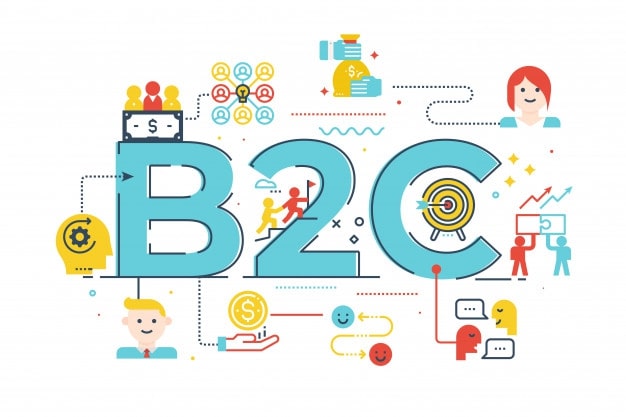
B2C marketing refers to the techniques and methods used by a company in the creation, advertisement, and selling of goods to individual consumers throughout their day-to-day lives. In terms of B2C marketing and B2B, there are several variations. The buying and selling process and the expense of purchases are some of the most important differences.
Most consumers tend to make purchases based on their immediate needs and consider less than businesses do. For this reason, B2C marketers would launch successful marketing campaigns with touchpoints that can stimulate emotions, reactions, and responses.
To achieve this, they must track trend updates constantly, study direct customers’ consuming behaviors, and research direct competitors to propose proper strategies for their business.
How the digital transformation is changing B2C marketing

The digital media revolution has disrupted mainstream advertisement channels in recent years. Brands have to manage a wide range of points of communication and finalize their messaging for each situation and channel to engage customers properly.
It is also necessary to build and retain a clear brand image on digital platforms, allowing B2C businesses more alternatives to communicate with customers and to enhance brand loyalty.
Here are a few benefits to consider.
A new way to engage
The area of marketing has embraced numerous new approaches thanks to digital innovation, including social media, content marketing, SEO marketing, and many others. Brands now have the opportunity to connect with their consumers through blog posts, emails, tweets, online videos, podcasts, advertisements, and many other powerful media.
Automation
Digitization has allowed several marketing activities to be automated to save people time and energy and enhance consumer experience. Businesses can communicate with customers 24/7 in a digital online environment and affect real-time buying decisions.
Access to track consumers’ behaviors
This is now more convenient to watch the actions of the customer and determine what is and is not functioning. Businesses may also use reliable data to optimize advertising activity, to change counterproductive tactics, and determine more informedly where their marketing budget is to be invested.
More interactivity
Digital mediums offer consumers a direct interaction with brands and the two-way involvement, collaboration, and partnership building of marketing practitioners and business owners will take precedence.
Better personalization
Today’s B2C customers better respond to personalized notifications, and digital tech allows more personalization than ever before. Marketers should deliver personalized messaging that allows them the opportunity to communicate directly from their hearts and minds, armed with knowledge on consumer behavior, preferences, and dislikes.
Effective B2C Marketing strategies
Extensive consumer analysis continues with successful B2C initiatives. B2C marketers need to figure out who their customers are, then identify their target audiences’ interests, behaviors, pain points, expectations, and geographical segments to create relevant campaigns, and choose the best marketing components. Customer profiles/personas from different sectors of the population are also used to help advertisers build tailored advertising strategies.
B2C marketing campaigns are continually changing as a result of the exponential rise of eCommerce and the increasing reach of social media platforms. Here are some of the most effective strategies used in successful B2C marketing campaigns.
Utilize content marketing

Let’s begin with the content. If you are writing blog posts or sharing on social media, you should create authentic content with your voice and name. Speak on whether you tell your own story or let people appreciate your frustrations on a human level. The idea here is to view yourself and the organization as a solution to the problems faced by your clients.
Use social media
Social media is a common way to access and communicate with large crowds on a more personal basis. For instance, all of the online relationships see whether a happy user likes” the Facebook profile. Therefore a business advertisement would automatically be built into a fan website. It also gives them the chance to see what clients think about their goods and offer them more inspiration for future promotions. Many brands have been extremely popular using social media.
Focus on developing your follow-up by strategic B2C messaging if you do not have any budget funds on the paying social. There are many ways to get people socially involved with your brand.
Hold contests or webinars
The thought of winning anything for free, especially if an entry does not take much time or effort, is almost enticing for us to ignore.
It’s possible to hold a contest on your blog, social media, or anywhere it seems. Some businessmen use webinars for competitions. In this way, you increase your attendance and at the same time earn recognition through the contest.
It is crucial to ensure that you obey the rules on whatever platform you choose. It’s also necessary to offer something meaningful to your target audience. You may be tempted to offer something costly that is not your business. Of course, many would like a new flat-screen TV but the tournaments would not yield the necessary results if the online courses have little to do with TV. Pick a gift connected to what you do.
Prioritize SEO
The intent of the searcher refers to the cause of the search. You will be able to find “Korean restaurants near me” for example if you would like to eat something. If you want something to cook, you may be able to check for a “Korean cooking recipe.”
The search form shows its intent. Some customers collect details, others compare options, and some are ready to order. In each step, you will hopefully generate content. And you know all the answers.
Create membership programs
View a subscription program as a game form. It allows customers to engage with the organization so that they can raise membership levels.
The subscription scheme, also called a loyalty program, blends competition and incentives. When customers increase their subscription levels, they get more incentives, which will improve their relationship with your company.
Run paid advertising - retargeting programs
Retargeting sounds like a tough idea, but it’s actually very straightforward. It all involves reconnecting to customers who have previously been linked to your brand. For B2C marketing, this is especially important.
Retargeting will bring an end to your budget as a means of paying for advertisement. But the ROI will value the cost if you use it correctly. A series is activated when a customer contacts your company. The client will see an ad for the company the next time, for instance, on Facebook. You do not press or order from this customer directly on the ad. Having the ad nevertheless enhances your brand value and encourages people to remember your business in the future.
Try mobile-first marketing
The planet is in the first direction on cell devices. Some people no longer own laptops or desktops. They use tablets, handsets, and even watches for all of their computing.
That’s why a mobile-first approach is important for B2C marketers. Check out how the right apps on mobile devices can target your viewers.
Use micro-influencers
The social content of micro-influencers also gets more involved — plus they don’t cost millions. Micro-influencers usually are social media figures of a given niche. They have nothing but faithful and committed people who make purchasing choices based on what the influencers claim. Your B2C marketing excellence can exercise there.
Micro-influencing relationships can be a bounty for your company. For example, to get them interested, you could give them a free copy of the online courses.
5 Successful B2C marketing campaign examples

Starbucks
Starbucks was an early social network adopter and is now using pioneering pictures in the industry today to draw more buyers. Even B2B advertisers can not guarantee that they have a product that fills their social calendar as appealing as a cup of coffee. However, marketers of any industry will profit from the promotion and distribution omnipresent strategy of the coffee chain.
With a range of unique features on its Facebook page, Starbucks offers a user-friendly interface, including special competition, a shop locator, international links, and career posts.
Starbucks developed an app to simplify mobile payments to further streamline the buying process for its customers. This does not indicate that every business should adopt a native app, but it’s undeniable how Starbucks has illustrated an effective method to smoothen customer experience.
Taco Bell
Taco Bell is one of the rarest names that have successfully executed humor in its branding strategy for various types of audiences. A comprehensive series of hand-drawn doodles and funny GIFs by Taco Bell can be found on the Twitter fast-food chain site.
The brand’s bold, clear voice is what deserves praise. Taco Bell is not here and there testing the waters with a few jokes but thoroughly examines them. The lesson learned is: If your brand identity is decided — from clever and cynical to inspiring and reinforcing — aim for consistency.
Chobani
With vivid images of kale-Caesar salad, mushroom pizza, and peach cheesecake, Chobani is a perfect example of a company that uses diverse photographs to showcase one food
While you are selling a B2B niche organization with one big product, the visual marketing possibilities remain infinite. When you decide on a social media graphic approach, in particular Instagram, you start by thinking about several ways the image can be used outside the image itself.
Threadless
Threadless knows its audience well, beyond any hesitation. You hardly get writers to chat about their quirky T-shirt patterns on the retailer’s blog. Instead, Threadless built a paradise of products with the right touch of peculiarity and individuality for graphic designers and artists.
The pictures in each article display doodles directly at their customers’ desks. Threadless acknowledges the visual stimulation need of the reader and holds the copy to a minimum. Naturally, for any brand, this solution is not correct. However, the more you get to know your audience, the better you can appeal to your readers’ preferences.
Everlane
Any piece of content from Everlane works towards the same aim, regardless of platform: consistency. Everlane breaks down the barrier between the buyer and his preferred company by explaining the “how” and “why” behind what they do.
For example, Snapchat is used by the fashion vendor to deliver messages that are genuine and unique to its consumers. And Instagram’s app has inside shots of the method of clothes made.
Look at how you can improve clarity as you describe the procurement and prices on your social network and blogs as you are seeking to attract more trust and interest from the brands you market.
B2C Marketing vs. B2B Marketing - some key differences

You might be familiar with the business forms of B2B and B2C if you have been interested in the digital marketing field. Yet B2B and B2C campaign tactics will not be familiar to you. B2B is most commonly focused on rational buying decisions focused on processes, and B2C focuses on purchasing decisions that are influenced by emotion.
These variations between B2B and B2C search marketing are, however, substantial – of course, often conflicting them. Comprehension of these differences is critical in designing a high-effect communications plan for a brand for advertisers or digital marketing firms representing all kinds of companies. Marketers must take various methods to optimize the efficiency of their marketing technique, whether it is relationship-building or contact strategy.
Target audience

As mentioned above, B2C marketers specifically distribute to customers, not retailers or any other organization in the supply chain. B2C marketers will target their campaigns to virtually anyone, not just the consumer, who can use their product or service.
For instance, a child who sees an ad for a PlayStation might persuade his mother or dad to purchase it for them. Even then the housekeeper has to be approached for B2C marketing.
B2B marketers are going for a company’s main decision-makers. In the business or even the end customer, they need not care for anybody. For starters, whether hundreds of doctors and treatment teams need a medical software or instrument is not significant. The final buying decision can only be made by the CIO, IT officer, and appropriate hospital supervisors. Therefore all their marketing activities should be focused on this community of small decision-makers by B2B marketers.
Branding
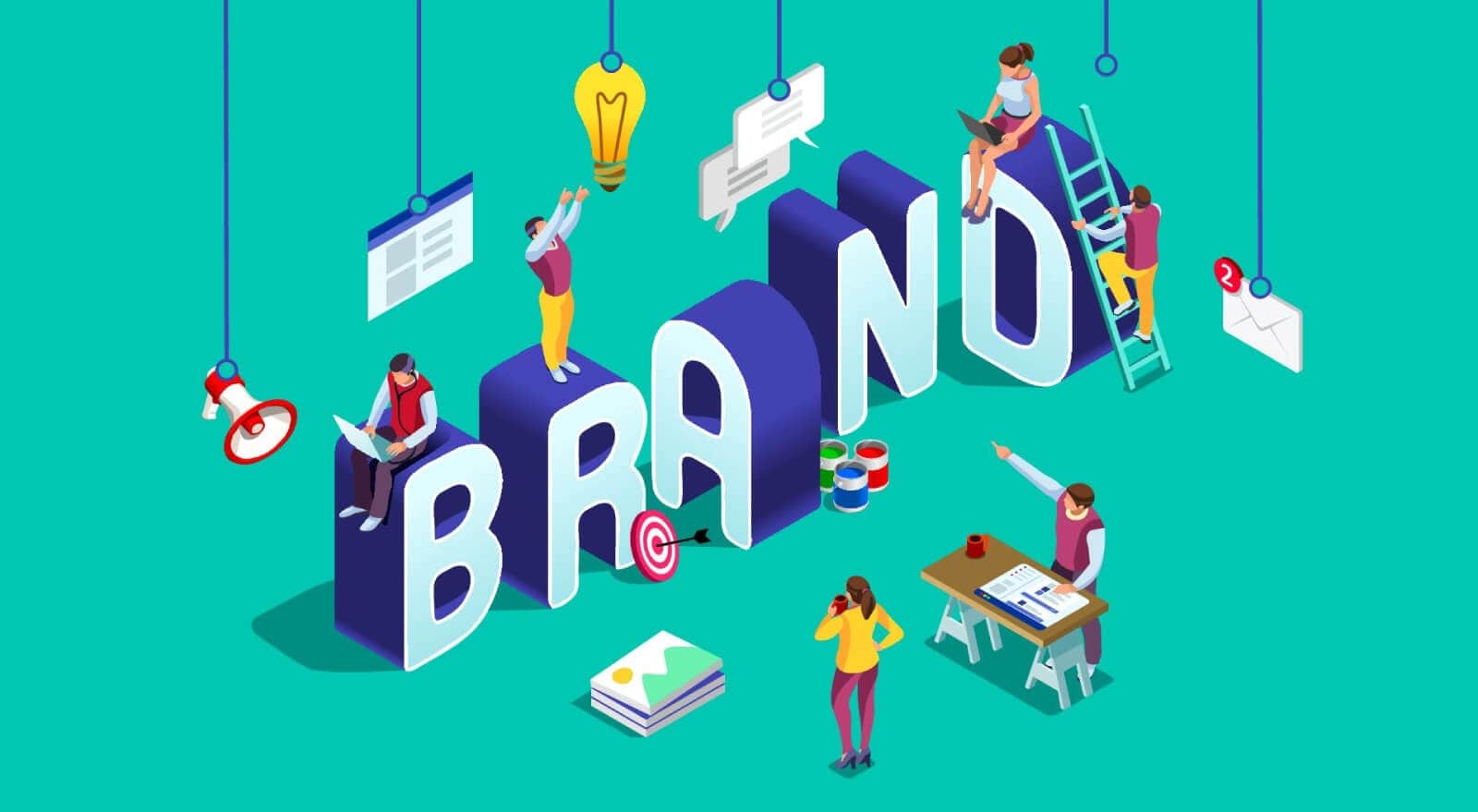
In B2C branding, messages are more prioritized. The customer-company partnership is minimally engaging enough that the customer wants a sustainable store and quality experience to make sure that they run back. In order to accomplish this it is necessary to effectively produce convincing messaging and create motivating copies that echo the client.
Branding is a selling part of B2B, but it comes by relationship building more frequently than in the B2C environment. As far as B2B search marketing is concerned, being able to represent your place in the market and your charisma shine will contribute to brand awareness and leading generation. Back to the growth of relationships, you need a keen view of personalities on the market. If you are able to tailor your brand to your target demographic, brand identification will increase and lead your generation.
Customer relationship
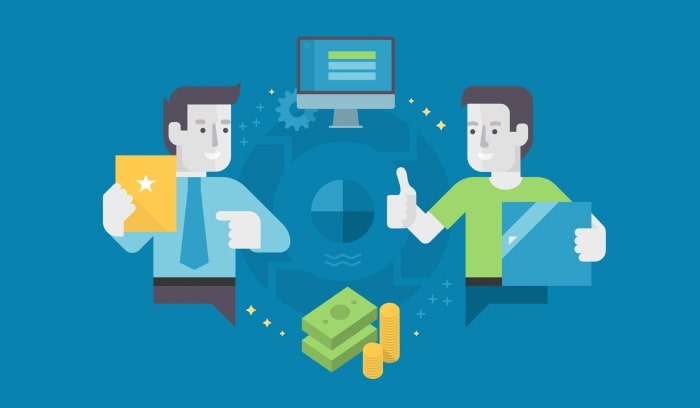
Marketing and lead production by B2B is based on creating long-term personal relationships. Relationship growth, especially during the purchase period, is therefore crucial in B2B marketing. B2B organizations produce leads as a top priority. Due to the value of repeater and recommendation, it is possible to establish these personal relationships or to break a business.
The B2C marketing goal is to attract users to purchase goods and drive purchases on the website of their clients or business. In order to do this, the user must encounter his website nearly perfectly. B2C organizations prioritize productivity and thus minimize the time they take to get to know the consumer, which inevitably contributes to a highly transactional relationship. The marketing campaign focuses on the sale of the goods to offer high-quality items at the highest possible pace for the majority of the time.
Logic and emotion

All about rationality is about B2B marketing. Marketers need to share goods and services stories with decision makers about their characteristics and how the brand can assist. The method requires few to no emotions. For instance, B2B marketers want to send their marketing message to decision-makers.
The user is most definitely interested in the emotional structure of items in B2C marketing. B2C marketers should tell you the advantages and the appeal of the service or product in plain terms while making their tales. And a dull short story, not long.
Ad copy
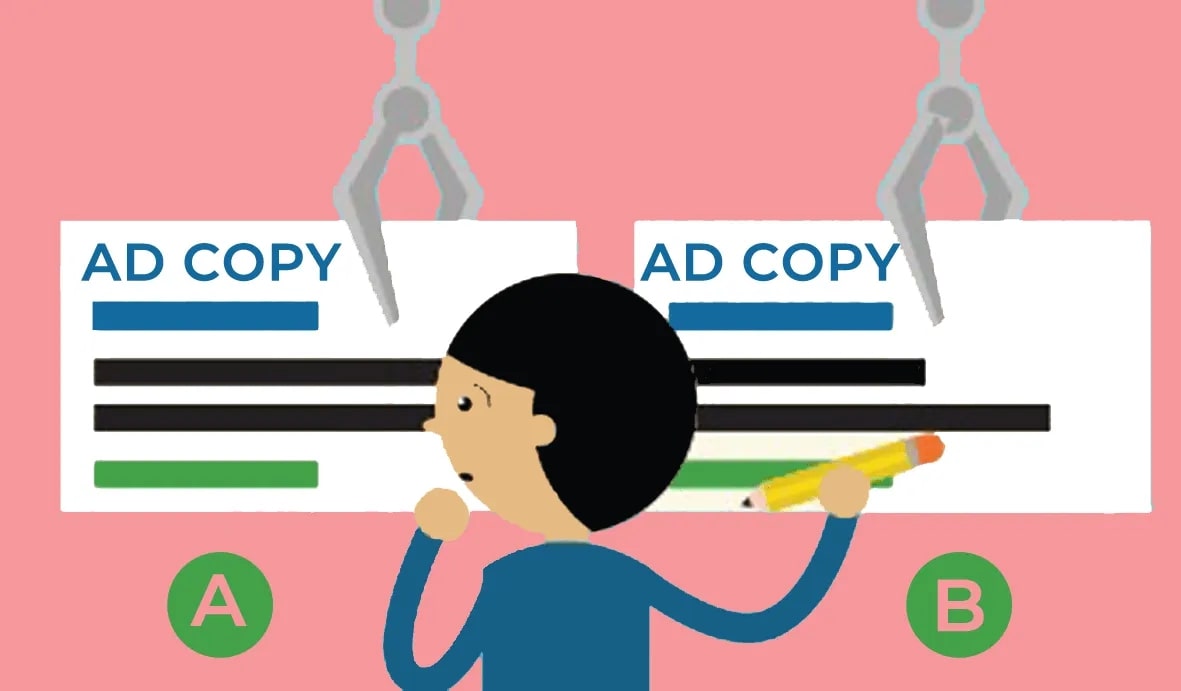
Contrary to B2B, B2C organizations must use a storytelling voice that invites consumers to click on an ad. You should speak in the customer’s voice using clearer words instead of using industrial terms that could lead to the customer walking away. B2C copywriting can invoke the consumer’s emotion.
For instance, someone shopping for a $550 bike takes less time than a company buying a $1000 piece of software to make the decision to buy it.
B2B organizations are also more likely to purchase services or goods from a specialist who knows their terms, procedures, and even choices during the purchasing process. For starters, a B2B corporation with $1000 software should not rely on writing fluffy copies that would inspire the reader to buy software at the moment. The copy should instead concentrate on taking away the emotion and creating confidence in future customers.
Marketing costs

Usually, B2C consumers make one-man snappy decisions. It will save a lot of time and money for marketers.
B2B marketing is typically an extensive procedure requiring a long order chain. B2B marketers have to spend more money, after all, sometimes the decision-making authority is not a single individual.
Customers’ buying cycle
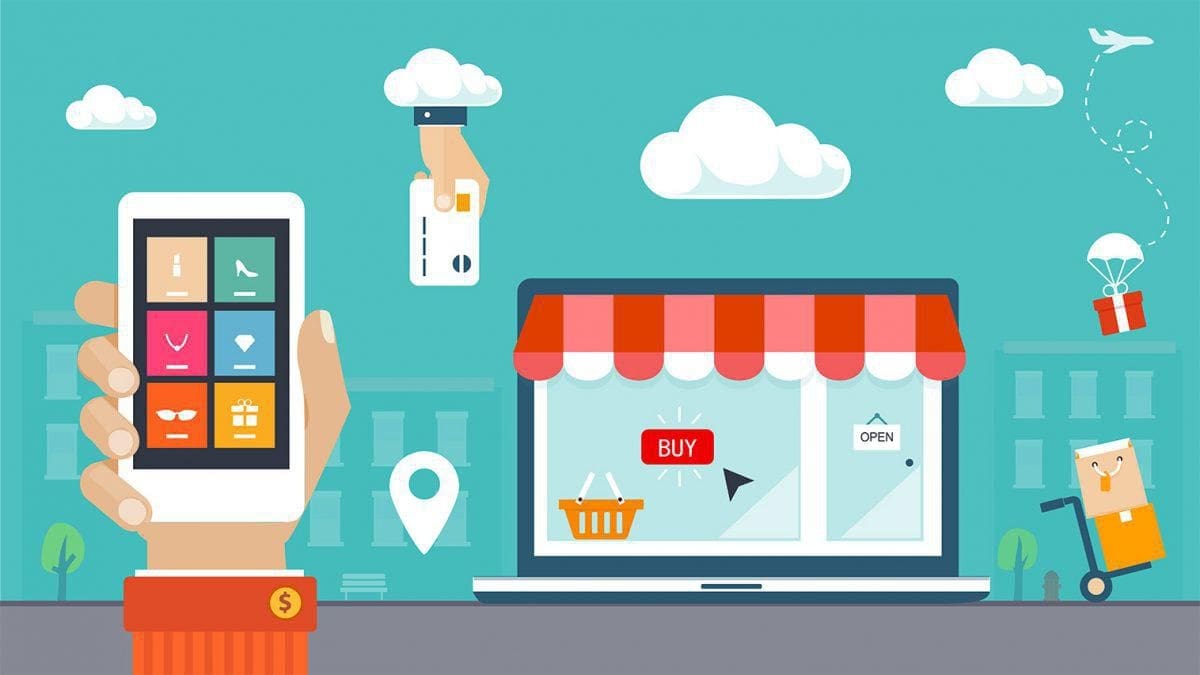
Again, B2C clients may only be asked to request family and friends’ suggestions. The decision to buy is usually taken by one person which takes a couple of minutes.
The purchase process of B2B is another story. A green light must be given to accounting, procurement, and heads of many divisions before a transaction is made. Since B2B marketers may not deal with an individual, the process of purchasing decisions can take longer and become more complicated every day.
Final words
B2C marketing measures aim at strengthening emotional customer engagement, and above all. The right strategy will help refine the guided audience of your products and services and is returned with enhanced customer loyalty and increased revenue. Companies should take advantage of this opportunity to compete within the market.
It is important for you to consider the main distinctions between B2B and B2C marketing, whether you advertise for your company or you are an agent to offer services for your customers. If you grasp the main differences, only B2B or B2C firms can take advantage of such strategies.
New Posts








